Scott David Witmer
Posts tagged with qualitative
Showing 11 - 20 of 43 items
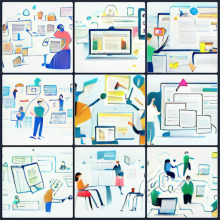
The University of Michigan Library’s efforts to develop our digital preservation program created an opportunity to request additional support during the annual budget cycle. With only a few months to draft recommendations, the Digital Preservation Steering Committee performed an assessment survey to gather feedback from stakeholders across the library.

A redesign of the library blogs platform kicked off last fall with time dedicated to understanding the current site and its usage, reviewing what other libraries do, and conducting a needs assessment survey with stakeholders. This approach has allowed efficient decision making and informed requirements, while engaging stakeholders early in the redesign process.
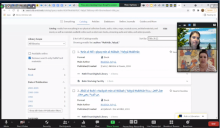
The University of Michigan Library is home to a vast collection of materials representing dozens of languages. U-M Library Catalog Search, however, can cause difficulties for users searching for materials in languages other than English. In Summer 2021 we conducted an exploratory study on the experience of searching for non-English materials within U-M Library Catalog Search in order to better understand challenges users face, how they overcome them, and what we can do to mitigate the problem.

When you use library services, do you think about the interaction-generated data? The U-M Library collects data on its patrons, from user profiles to online resource access information. Recently, the library has considered using this data to engage in library analytics, making inferences about users’ future behaviors. An Engagement Fellows project that began in 2020 seeks to learn more about what library patrons think of the use of analytics at the U-M Library.
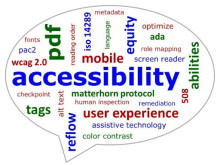
The Accessibility Remediation Team was created to serve as a resource for students, faculty, and staff when they needed more accessible library content. Beginning in the Fall 2020 we identified tools and processes to use in remediating video, audio, and PDFs for accessibility. As part of our service, we focused on assessment, gathering feedback through ‘exit’ surveys of colleagues and patrons, and using project management tools to gauge the amount of time tasks take to complete.

This blog post reflects on the work of students to explore the collection-related needs of undergraduate students, through surveys and interviews.
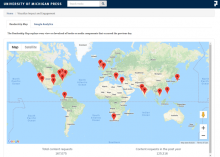
Between March 20 and August 31, 2020, the University of Michigan Press made all the titles in the Library-hosted ebook collection, UMP EBC, free-to-read. During this period, U-M Press staff gathered use data in the hope of assessing the impact of free-to-read content while informing the future business strategy. Three different assessment efforts are described in this post.
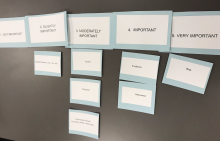
Source evaluation is an important skill in our information landscape, which is why librarians teach this concept to students during course-integrated information literacy sessions. As part of an IMLS grant, our research team is conducting a two part study to understand the impact of library instruction on students’ evaluation of sources. In this post, we discuss the use of a questionnaire and role-playing interviews to learn more about students’ confidence in their evaluation abilities.
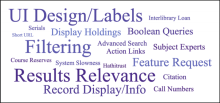
U-M Library’s Library Search launched in 2018 as a unified search engine application containing five previously distinct interfaces: Catalog, Articles, Databases, Online Journals, and Library Websites. Library Search was a big change for users, and an increase in user support requests suggested that further exploration was needed to pinpoint user pain points. The authors began an exploratory study that helped understand users’ experiences and identified areas for continued work.
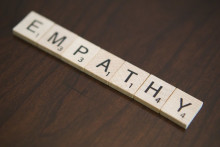
How does one get valid data without traumatizing or alienating students and faculty in a trying time? According to this author, by taking an empathetic approach to planning and implementing an assessment project, you can minimize negative impacts to your community.